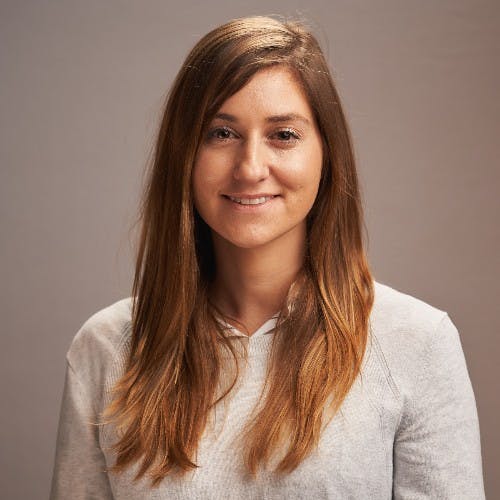Season 4 - Episode 4
Everyday Challenges and Insights
Megan Murphy is VP of Product at Hotjar, a website behavior analytics company that helps you analyze your customers experience and use of your website. Megan talks us through her journey in the tech industry, her day to day as VP of Product, Inclusion and Diversity and more.

“Question [00:00:39] Why don’t you get us a little more about your personal story and how you got into tech?”
Megan [00:00:44] Sure. My start in Product was by accident. I found myself as a product manager before I knew what that meant. In the early stages of my career, I didn’t find my fit. I worked in finance on Wall Street, I worked for Microsoft in a big corporate and I didn’t find my groove until I went to a small, 20 something person startup in San Francisco where I joined them as an account manager. But my role was to land a big customer called Microsoft, which was funny because I had just left there and I couldn’t escape the hand that fed me. Anyway, to do business with the startup, Microsoft insisted that they would have an app on the windows phone platform. And as you can imagine with a 20 person startup, it’s really hard to convince anybody that it would be worth building an app for an ecosystem that was not exactly as mature as iOS and Android.
I realized that Microsoft would issue a grant to any startup building Windows, phone apps. And then I realized with that money, I could outsource this to another development company. So I Googled “how to build Windows phone app?”, found a company in Belarus who built a great product with me, and we ended up building the app, getting a four and a half star review in the app store, getting the deal with Microsoft, and profiting off of a small bit of arbitrage between how much the grant was and how much the app costs. So I joined the product team after showing I would do what it takes to build a product and then I guess the rest is history. So since then I, moved to Brazil for a different startup to build out its first product and design team. I worked at Skyscanner on its car hire products, which if I’m honest with myself and with you, it’s called Skyscanner, not Street scanner, so it was the smallest part of the business. But I loved working, not only on that team but on an underdog product where you can maybe be riskier with experiments and you can do things without the pressure of the PNL impact behind you.
I joined in 26, about two years later on the promise to build, the world’s favorite bank. And that was a place where I flexed and learned about myself, my values, my ethics, what I didn’t want from work. So I had a pretty short chapter there.
Then I joined Hotjar six months ago as a Director of Product, which is a great challenge for me because it’s the first time that I’m leading all of our squads across both of product tribes. So it’s the first time I’m running the whole product.
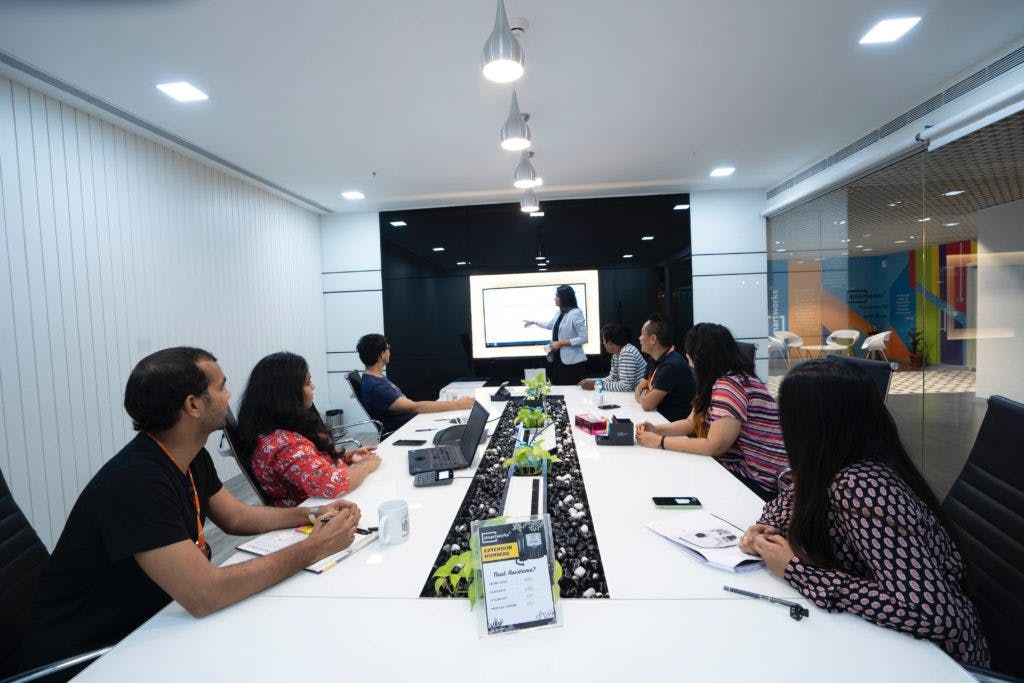
“Question [00:06:49] What is your day to day like?”
Megan [00:06:59] I would say that a skill that I had to develop as an individual contributing Product Manager is something that’s very much true in my day today, which is context switching like this. From one minute to the next, it’s a completely different topic, a different sense of urgency, different stakeholders. But the way that that plays out in my day to day is most of the meeting time I spend is one on ones with the PMs on my team. I would say something I appreciate about working in a remote-first company, I think a Hotjar has just mastered the discipline of every single person questioning when to use a meeting and when to use another format to communicate. So I’m pleased that 30% of my time is in meetings and the rest is for myself.
So those meetings are typically one-on-ones either with engineering or research or data counterparts or my team, the PMs. Then when I’m working on my own time, which is something I hadn’t had in the past so much time to do individually contributing work in a people management role. The way that I spend that time is a lot of writing. So whether it’s internal comms or collaborating with my Product Marketing partners, it’s a lot of writing that may not end up in a written format, but it’s something to prepare to answer questions from sales or help with an announcement on a new product positioning or something like that; writing a new process, writing something that I want to turn into a different form of communication, like video or an illustration, maybe. So then most of my days, whiteboarding and writing, the times that I spend in a meeting, I try to focus on one communication.
You might also be interested in: How Soft Skills Can Save a Business
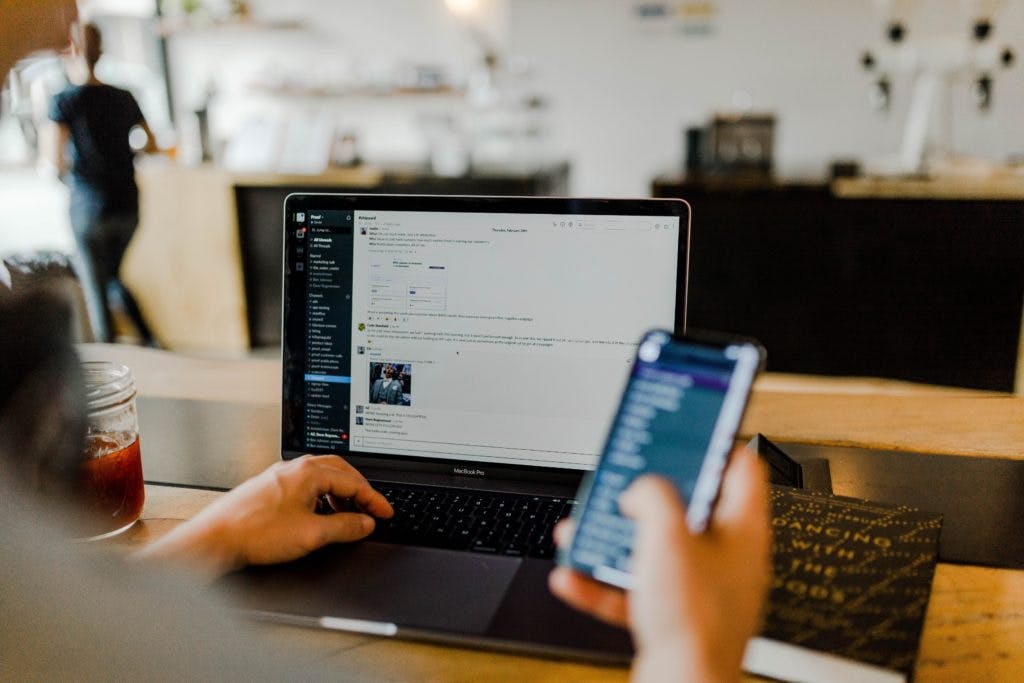
“Question [00:16:14] What do you think are some quick wins or artifacts that companies can utilize today to start thinking more about inclusivity and diversity? ”
Megan [00:16:25] It’s a very important and timely question, although I suppose it should have been timely forever. Hiring is one element, but that’s attracting a diverse pool of talent. So keeping them is less dependent on recruiting and the people team and more dependent on the conditions of the workplace. I think on that, on how to create a more inclusive workplace, something that I’ve been thinking about quite a bit lately is, we all look at several artifacts every day, like a notion or conference page or JIRA or Slack or, spreadsheets or slides, etc. When we represent people, whether it’s through personas like our customers or employees, how do we physically show them? how do we describe them? And this is something I think I’ve seen lacking, and in most environments, we typically turn to stock images to represent humanity, whether it’s our customers or our colleagues.
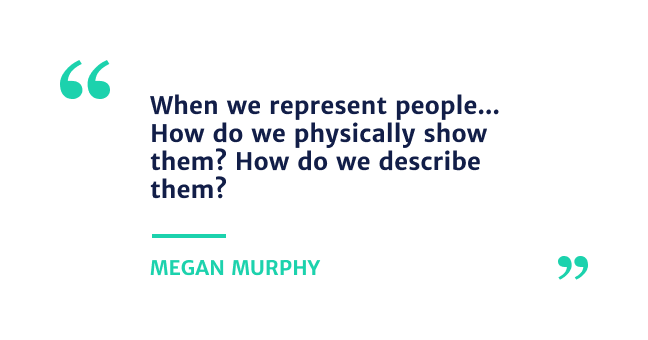
I think I would challenge myself, my teams and, you know, Product School audience and anybody out there to try to think twice before, before putting a face to a name. Because if we don’t include the way different disabilities, different genders, relationships, different colors, and ages and sizes, if we don’t think through these things in the most subtle ways that constitute what we see every day, we’re going to think “out of sight, out of mind”. I think there are several visual ways that we can improve the way we make an inclusive environment.
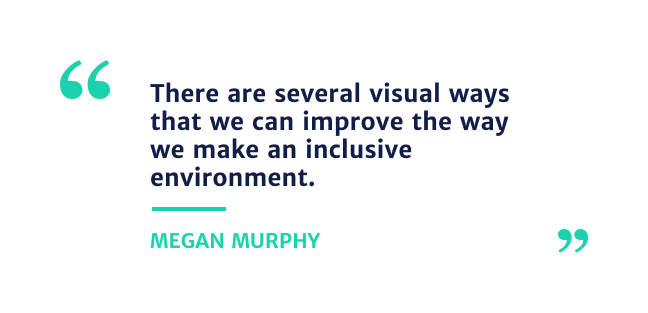
You might also be interested in: Breaking Barriers and Bias in Product Management — Alumni Stories
We’ll be back next week with Kalpana Berman from Nike with even more of the latest insights from the Product Management world.
Listen to our episodes on your favorite platform
Stay tuned for new episodes
By sharing your email, you agree to our Privacy Policy and Terms of Service



